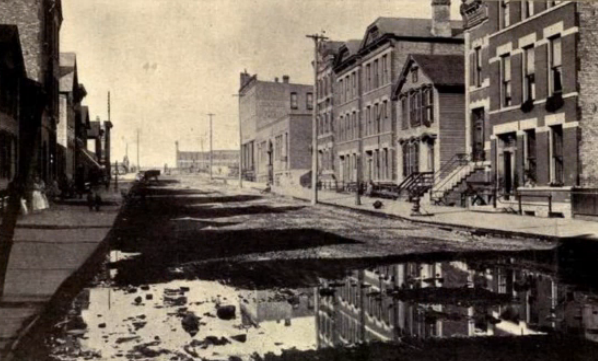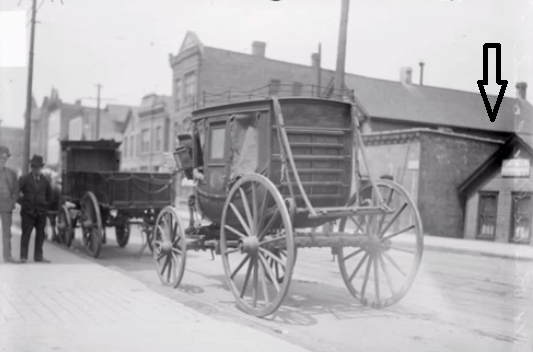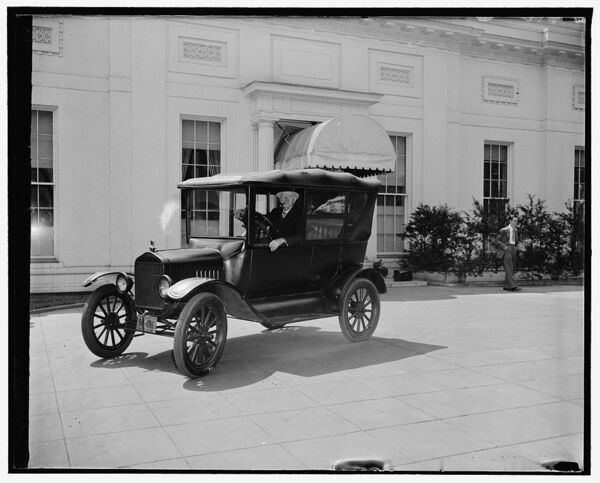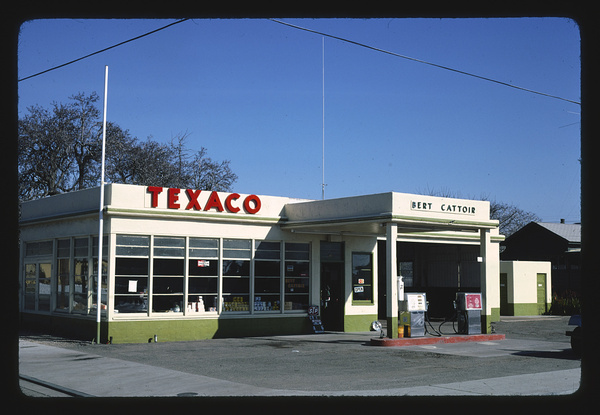
The city of Chicago was built on a swamp adjacent to Lake Michigan and the Chicago River. Because the city sprang up quickly, planners did not think through the potential for flooding, much less the inability to have a proper sewer/drainage system if the buildings were all at sea level. Over the years, this created large, standing pools of water throughout the city, which in 1854 led to an outbreak of cholera that killed 6% of the city's population. So what were they to do about it?
The Plan
In 1856, an engineer named Ellis S. Chesbrough drafted a plan to install a city-wide sewer system. After heated debate, the plan was approved, and contracts were taken out to lay the system on the existing roads, and then build the roads up 4-14 feet higher depending on where they were in the city. This, they said, would create the elevation change needed to make a functional sewer/drainage system.
First the Roads, then a Building
What people didn't fully realize at the time is that the roads would need to be elevated that high, which meant either moving or - ahem - RAISING the adjacent buildings to that level. In January 1858, the first masonry building was raised. It was a four story, 70-foot long brick structure. And how did they do it? Boston engineers James Brown and James Hollingsworth devised a plan to use two hundred jackscrews!
The photo below (and arrow) shows what the completed roads looked like - and how much lower the buildings were.

They then Raised an Entire City Block
By early 1960, engineers had gained confidence that they could raise larger and heavier structures than in the previous two years. Hollingsworth and Brown teamed up with a young George Pullman and lifted an ENTIRE CITY BLOCK on Lake Street! The image above creates a view of the scene as the 320-foot long row of shops, hotels, and offices was steadily raised 4 feet, 8 inches by a team of six hundred men using six thousand jackscrews. The spectacle was said to have attracted thousands, and on the final day they were permitted to walk under the entire block before the foundations were re-built. And still, the most impressive feat was still to come...
The Secret Raising of the Tremont House Hotel
In 1861, the large Tremont House hotel, which took up over an acre of space, was raised while the hotel remained fully functional. Indeed, many of the visitors and guests were completely unaware as the work was hidden under awnings and shades. They ended up raising the building a full 6 feet without a hitch.
All of this sounds a bit too strange to believe, but in this case, history doesn't lie. The city of Chicago raised itself so that it could survive!




